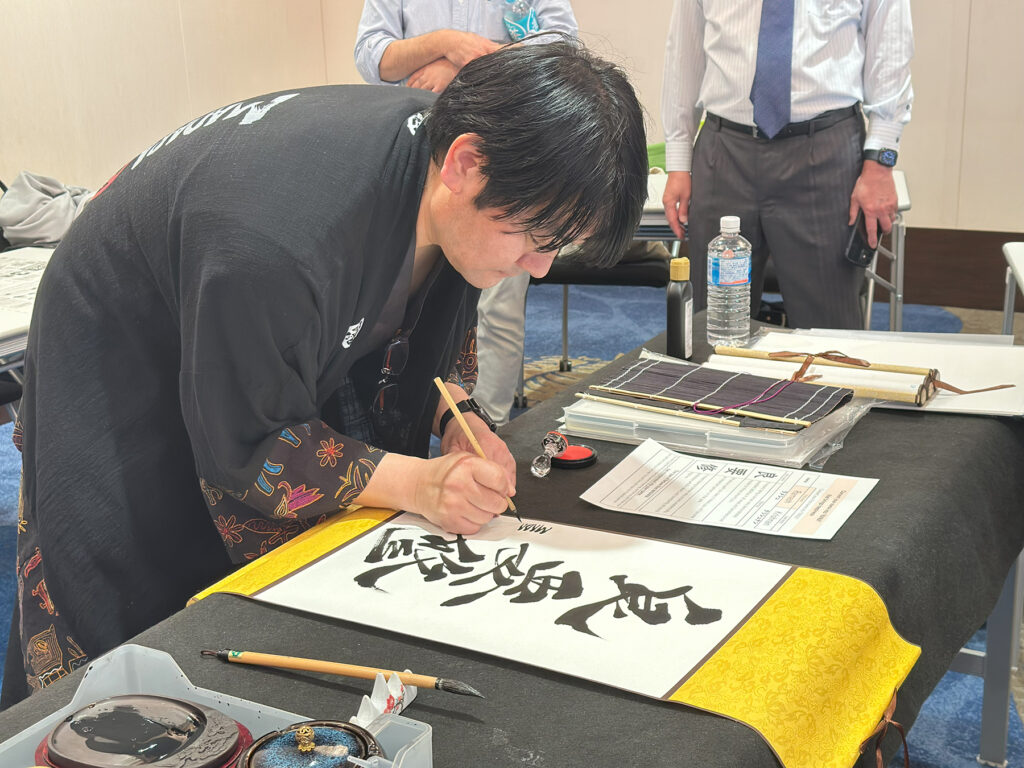Definition (from the Global Wellness Institute)
“A type of travel that aims for physical and mental health, as well as spiritual fulfillment.”
Health itself becomes the purpose of the trip and is at the center of the experience.
Examples of Representative Activities
| Category | Example |
|---|---|
| Physical and Mental Relaxation | Hot springs, spas, meditation, forest bathing |
| Traditional Medicine and Healing | Acupuncture, Chinese medicine, Ayurveda |
| Active Experiences | Yoga, trekking, walking tours |
| Food and Nutrition | Organic cuisine, vegetarian cuisine, fasting |
| Cultural Healing | Calligraphy, tea ceremony, incense ceremony, Zen experience, etc. |

Features of Wellness Tourism in Japan
- Rich in natural resources, seasons, and hot spring assets.
- Easily linked with traditional culture (tea ceremony, calligraphy, Japanese cuisine).
- The appreciation of “quietness,” “wabi-sabi,” and the concept of “arranging” is highly valued.
For example, programs like calligraphy experience × Zen × tea ceremony × traditional Japanese sweets are popular with overseas travelers and connect to “spiritual wellness.”
Global Wellness Tourism Market
The global market has grown to exceed $100 billion (data from 2023).
It is especially supported by affluent travelers and those with a high level of awareness.
An increasing number of travelers are selecting destinations based on the pursuit of “health and awareness” itself before the trip.
Business Considerations
| Aspect | Content |
|---|---|
| Differentiation | Ability to design deep experiences combining “healing + culture.” |
| Local Characteristics | The fusion of local climate, people, and culture becomes valuable. |
| Communication Power | The ability to communicate “stories” through overseas OTAs and SNS is essential. |


